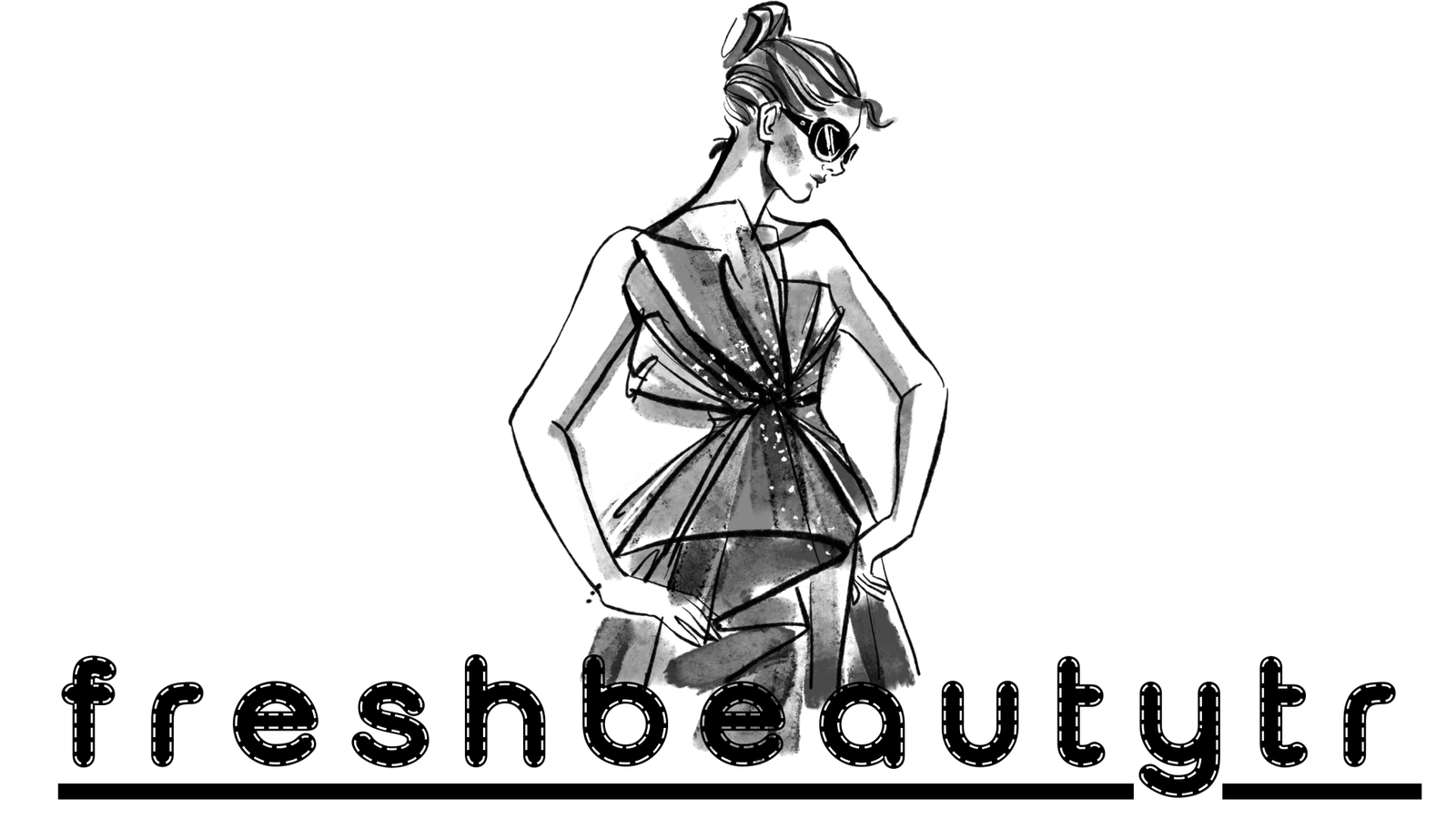If you have naturally straight hair, you might think that it’s easy to manage and maintain. However, straight hair, whether natural or chemically straightened, requires specific care to keep it healthy, vibrant, and full of life. While straight strands can appear sleek and smooth, they come with their own set of challenges. The key to maintaining beautiful, healthy straight hair lies in understanding its unique needs and adopting the right hair care habits.
Understanding Straight Hair
Straight hair has a unique structure that sets it apart from other hair types, such as wavy, curly, or coily hair. Its fibers are smooth and aligned, allowing natural oils to travel down the length of the hair more easily, which can sometimes lead to an oily, weighed-down appearance. Whether you have naturally straight hair or it’s chemically straightened, both types require targeted care to maintain strength and vitality.
Chemically straightened hair, in particular, can be more fragile. The chemical process strips the hair of its natural structure, making it more susceptible to breakage and dryness. For naturally straight hair, while it may appear shiny and healthy, it can easily become limp or greasy if not cared for properly.
To ensure your hair stays looking its best, here are some key tips for taking care of straight hair.
1. Be Mindful of Washing
Straight hair tends to get oily faster than other textures. This is due to the smooth texture of the strands, which allows oils from the scalp to travel easily down the hair shaft to the ends. As a result, your straight hair may appear greasy and heavy quicker than curly hair, which retains oil at the roots.
To combat this, it’s essential to choose a sebum-regulating shampoo. These shampoos are formulated to balance oil production on the scalp without stripping the hair of its natural moisture. When washing, avoid using heavy products like thick conditioners or leave-ins. Instead, apply a small amount of conditioner or treatment only to the lengths and ends of your hair to avoid weighing it down at the roots.
2. Hydrate Regularly
Straight hair, while often shiny, can become dry and lifeless without regular hydration. The smooth texture of straight hair doesn’t always allow moisture to lock in as effectively as it does with curly hair, which tends to trap moisture within its coils. To keep your hair soft, shiny, and healthy, moisturizing is essential.
One way to do this is by incorporating a hydrating hair mask into your weekly routine. A deep conditioning mask will restore moisture and nourishment to your strands, keeping them looking smooth and vibrant. Look for products specifically formulated for straight hair, as they will be better suited to your hair’s needs. Depending on how your hair feels, you might want to use a moisturizing mask more than once a week—especially if your hair feels dry or exposed to the elements.
3. Limit Heat Tool Usage
Straight hair tends to need less heat styling compared to other hair types, so you can save your hair from unnecessary damage by embracing a more natural drying routine. Let your hair air dry when possible, or use a blow-dryer on a low heat setting to prevent overexposure to heat, which can lead to dryness, frizz, and split ends.
Excessive use of heat styling tools like flat irons, curling wands, and blow dryers can cause straight hair to lose its shine and strength. These tools can strip moisture from the hair and lead to dryness and frizz, making the hair more prone to breakage.
4. Combat Frizz and Split Ends
Frizz and split ends are two common issues that people with straight hair often face. Because straight strands are smooth, these imperfections are more noticeable and can make your hair look dull or messy. Most of the time, these issues arise from excessive heat styling, environmental damage, or lack of proper care.
To protect your hair from frizz and split ends, you should invest in cold-pressed vegetable oils. These oils act as a protective barrier against environmental stressors like sun, wind, and pollution. Oils like argan oil or jojoba oil can also add moisture and shine to your hair while preventing damage.
Additionally, regular hair trims are crucial to keep split ends at bay. A trim every 6-8 weeks helps maintain the health of your hair by removing dry or damaged ends, promoting fresh growth, and preventing further damage.
5. Choose the Right Products
Not all hair products are created equal, and using the wrong ones can leave your straight hair looking limp or greasy. As mentioned earlier, products with sebum-regulating agents and lightweight moisturizers are ideal for straight hair. Opt for gentle, nourishing formulas designed for your specific hair texture.
When choosing a shampoo, conditioner, and styling products, always look for products that provide hydration without heaviness. Avoid products with a lot of silicones or alcohols, as these can contribute to build-up, making your hair look weighed down or greasy.
6. Be Gentle with Your Hair
Straight hair, especially when chemically treated, can be fragile. To preserve its strength and health, it’s important to handle your hair gently. Avoid tugging or pulling when brushing, and always use a wide-toothed comb to detangle wet hair to minimize breakage.
Additionally, try to reduce tension on your hair when tying it up in a ponytail or bun. Opt for soft hair ties that won’t pull on the hair shaft too tightly. This will help prevent stress on the strands, which can lead to breakage and damage over time.
Conclusion
Caring for straight hair, whether natural or chemically straightened, involves more than just a simple shampoo and conditioner routine. To maintain its smooth, shiny, and healthy appearance, it’s important to keep in mind the specific needs of straight hair, such as oil control, regular hydration, heat protection, and gentle handling.
By adopting these hair care habits, you can ensure that your straight strands remain vibrant and full of life. With the right products and techniques, your hair will continue to shine—without the extra effort!


